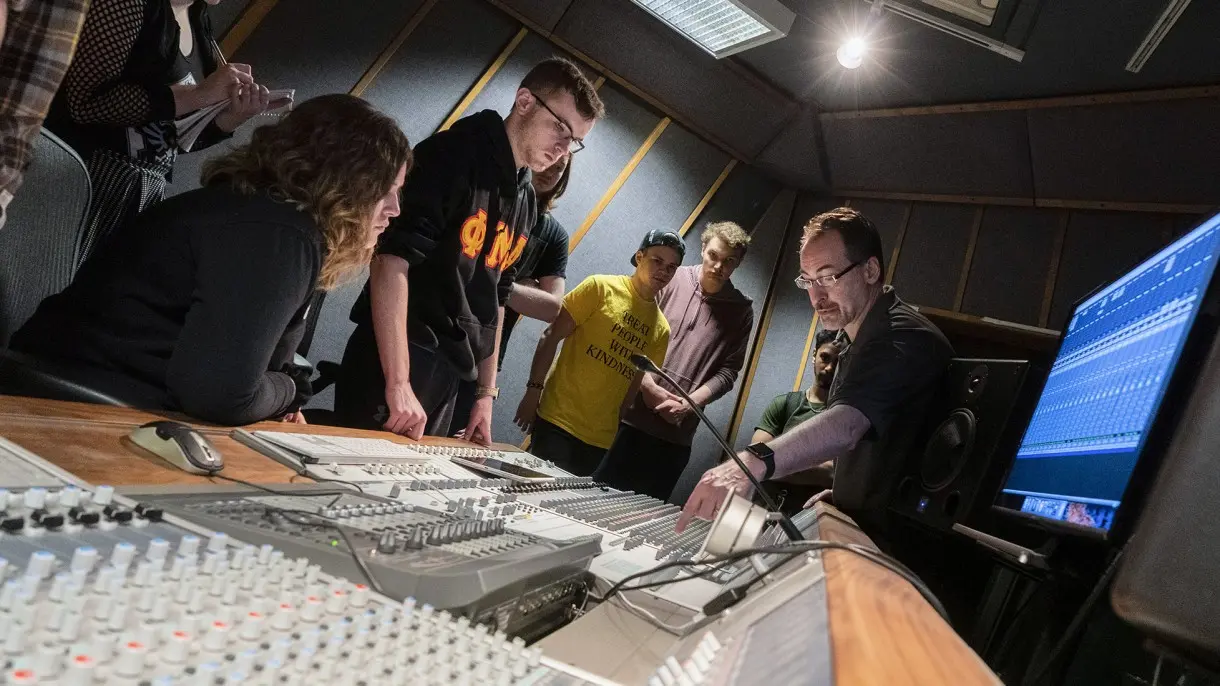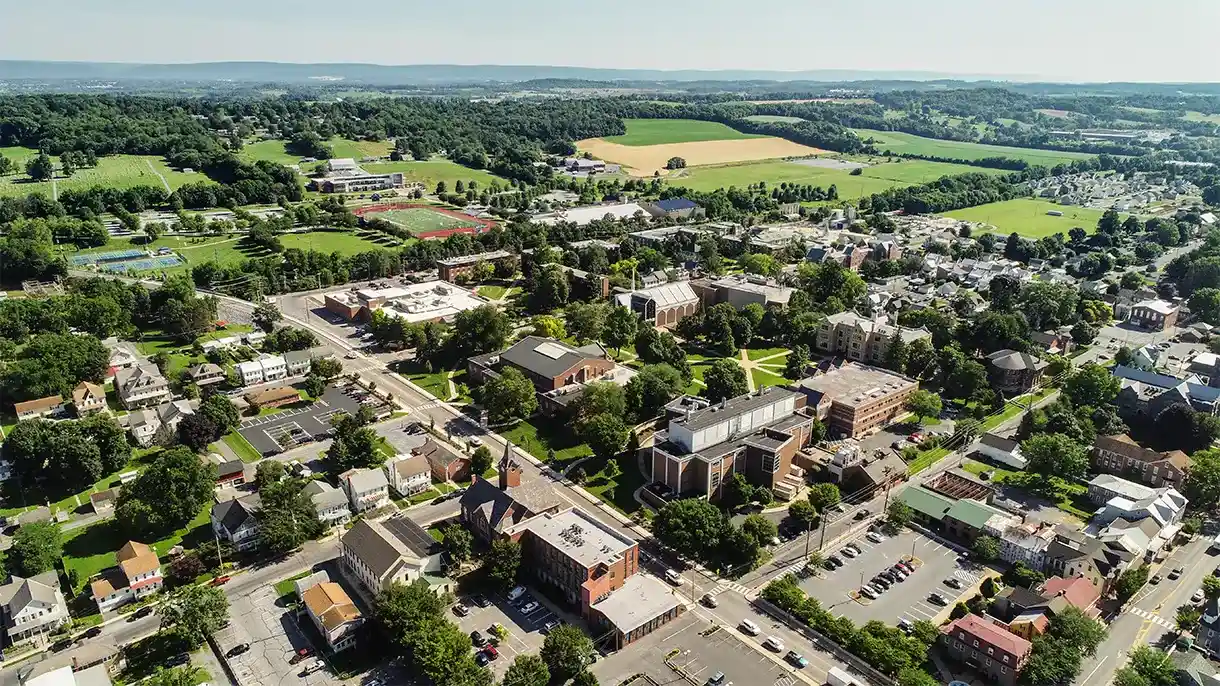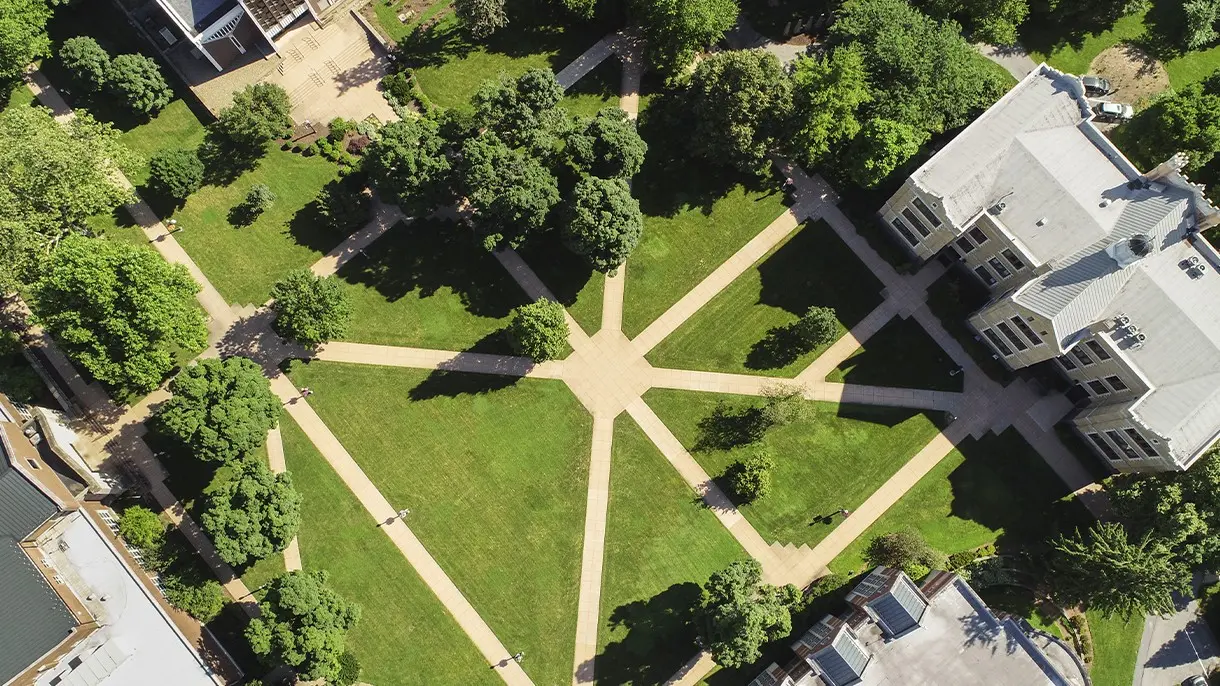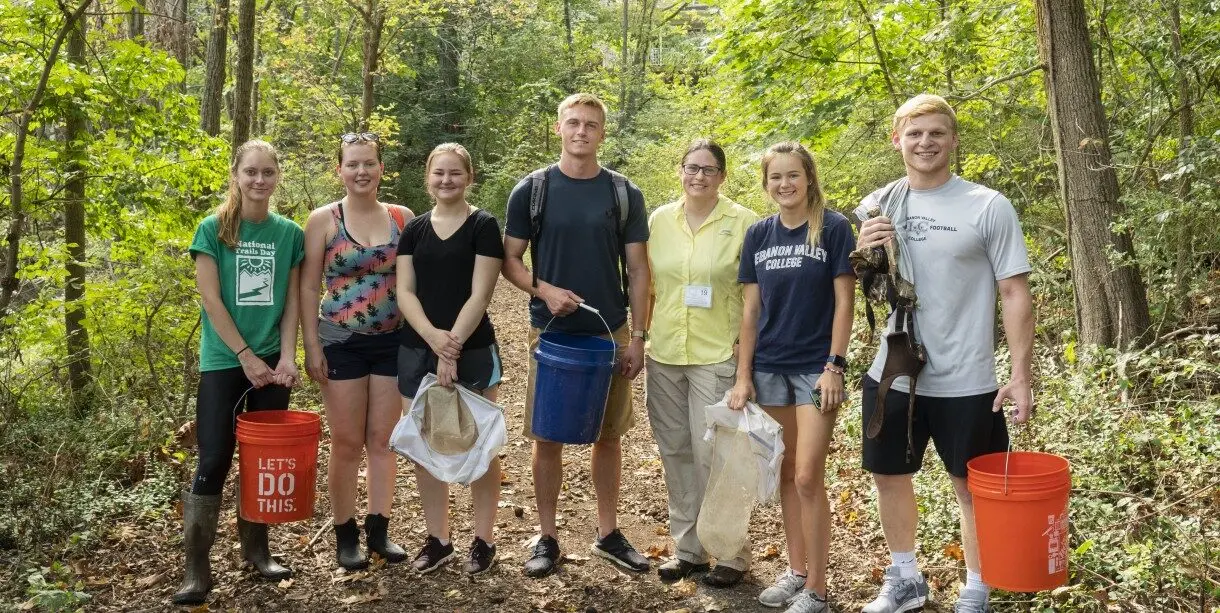
Environmental Science Field Sites
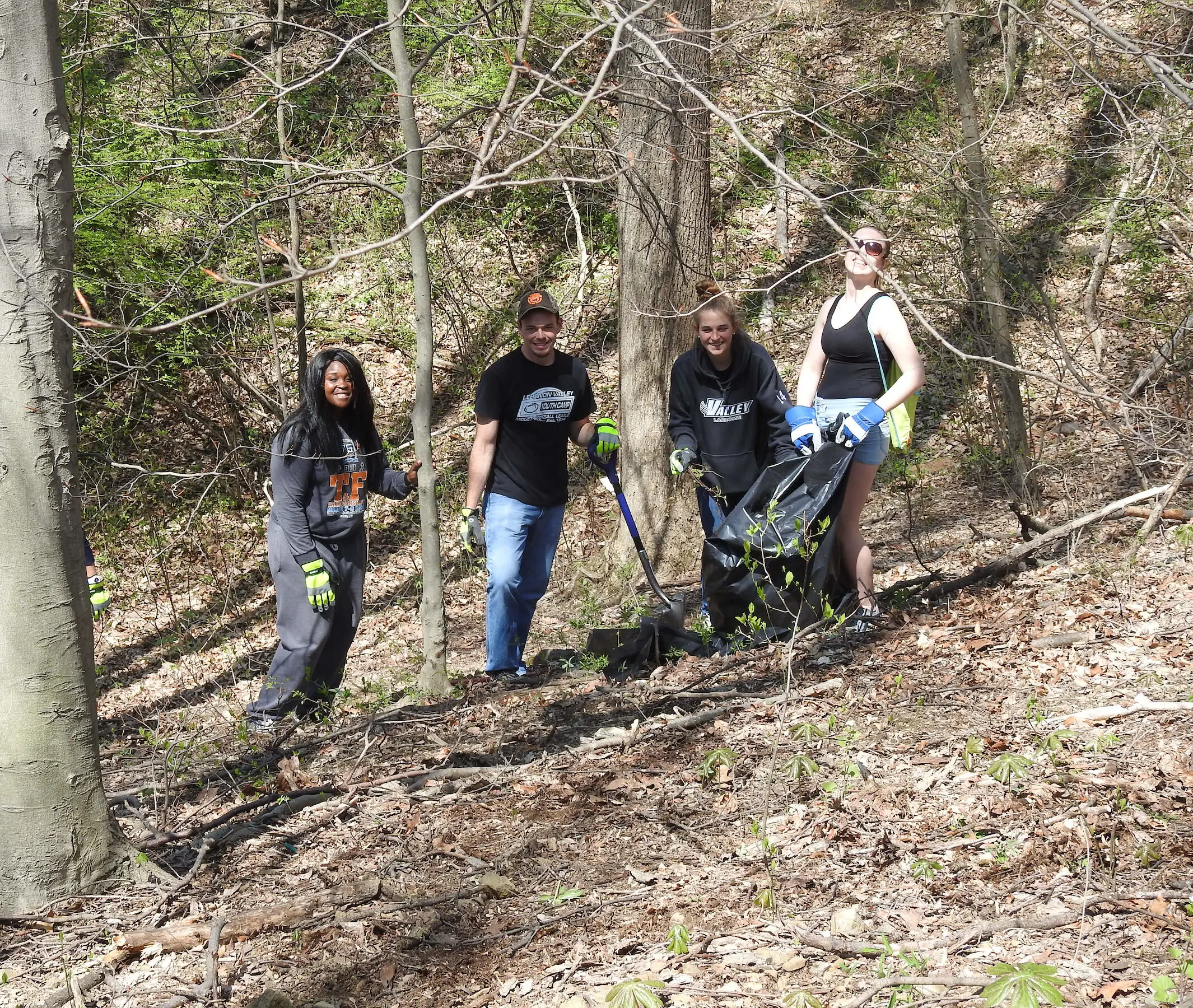
Wood Thrush Research Preserve
The Wood Thrush Research Preserve is an approximately 20-acre forest located on the north side of campus, just behind Facilities Services. Environmental science and Biology students often walk to this field site to conduct research and learn how to identify common plants and animals of Pennsylvania. This field site is used to teach students how to conduct vegetation sampling, how to survey animal communities, the effects of forest fragmentation, the impacts of invasive species, as well as other important concepts and techniques. Research students have used the Wood Thrush Research Preserve to conduct projects that tested the effect of soil nutrients on the invasive garlic mustard, the impact that coarse woody debris has on small mammal communities, and the extent of acorn herbivory.
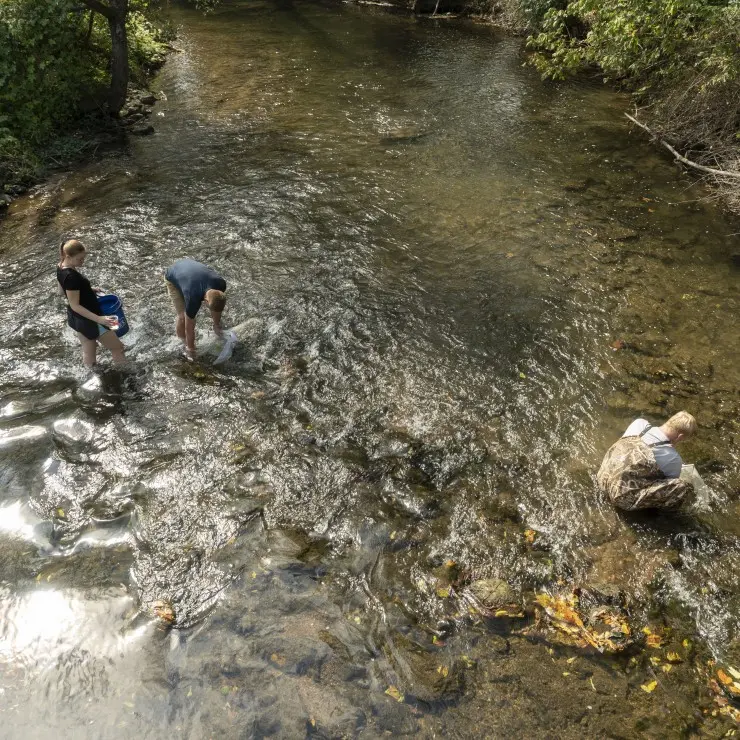
Quittie Creek Nature Park
Just off Main Street in downtown Annville lies a 34-acre nature park that is named after the spring-fed Quittapahilla Creek that travel through the park. This creek is a restored trout stream where local community members, LVC students, and blue heron can often be found fishing. The well maintained trails will take hikers past oaks, sycamores, hickories, and Norway maples. In the spring-time you can observe spring wildflowers in the park, including bloodroot, jack-in-the pulpit, wild ginger, and the occasional trillium. A short walk from LVC’s campus, Environmental Science and Biology students use this field site to learn about the importance of riparian wetlands, and how scientists use stream macroinvertebrates to indirectly measure water quality.
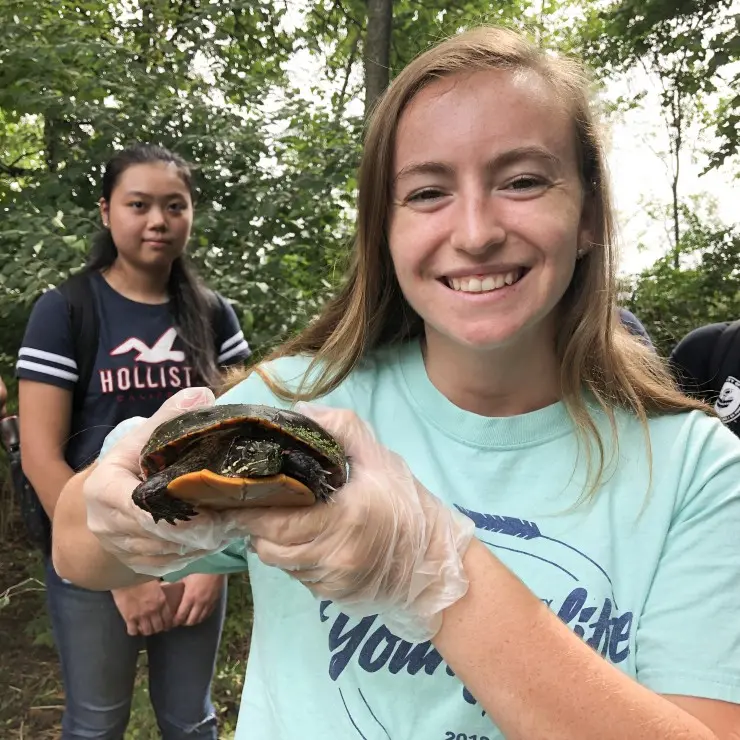
Kreiderheim Pond
Hidden in the woods near the soccer field and the president’s house lies Kreiderheim Pond. It is common to see deer and raccoon tracks in the mud surrounding the pond. Green frogs are often startled and will hop into the water as people walk to the pond’s edge. Some LVC alumni have fond memories of ice skating here in the wintertime. Environmental Science and Biology students come here each fall to participate in a study that characterizes the population structure of freshwater turtles. Students set out hoop traps baited with sardines to collect the turtles. They then learn how to handle, measure, mark, and sex the painted turtles before carefully releasing them back in the wild.
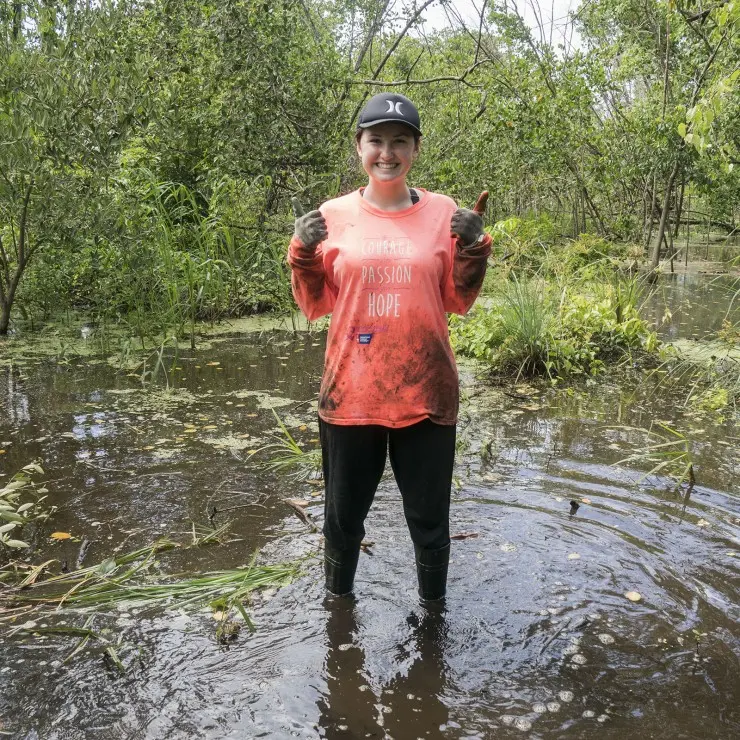
Wetlands Study Area
Behind the athletic center is a small wetland with willows, milkweed, dogbane, and other water tolerant plants. Here you can hear the loud trills of male redwing blackbirds among the cattails, or find water striders racing along the surface of the small stream that travels through the area. This campus field site is a place where students can learn of the important benefits of wetlands. Not only do wetlands provide habitat for wildlife and plants, they help purify water, reduce flooding, recharge ground water, and reduce erosion from streambanks.
